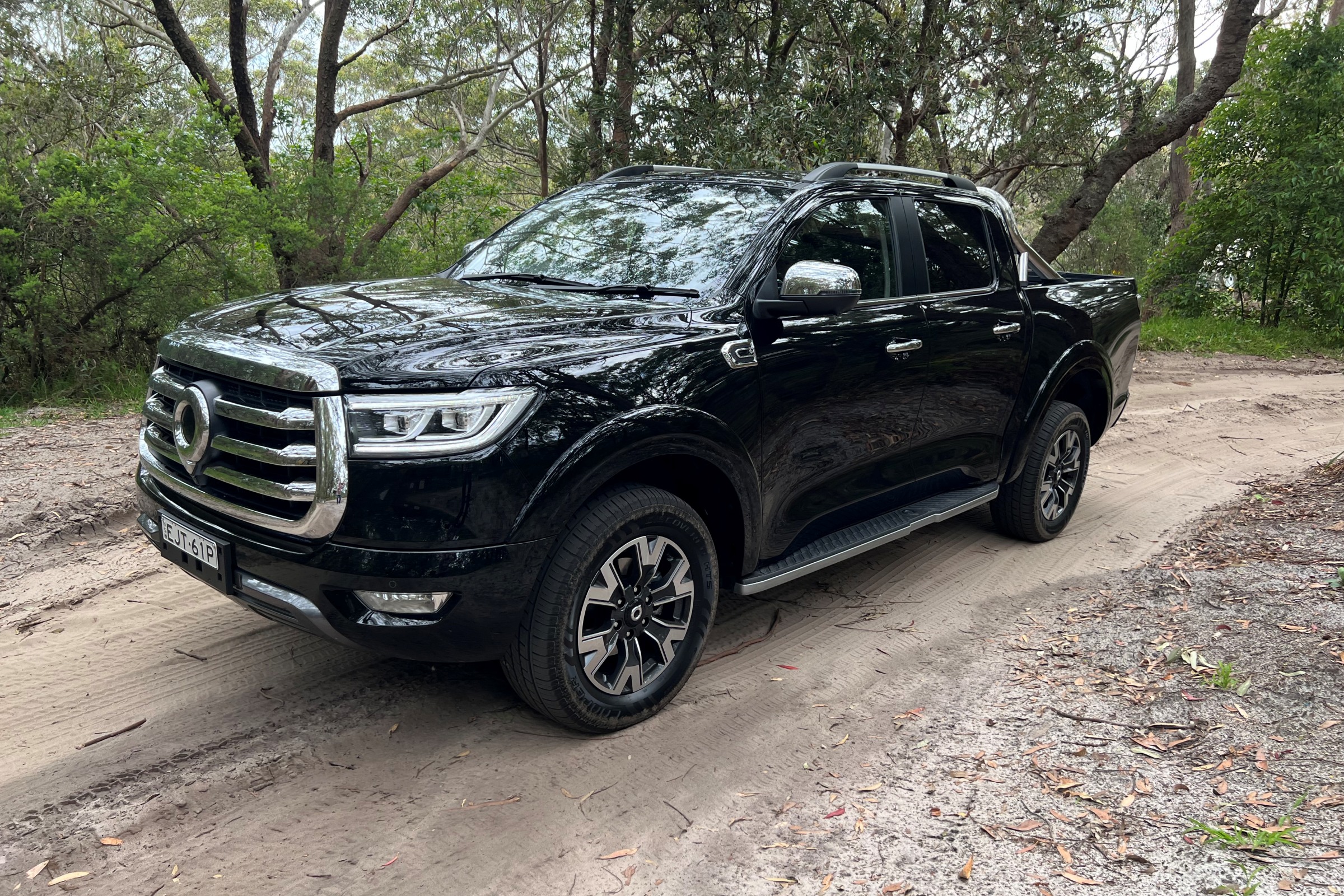
The Ute Mountain Ute Tribe Reservation Map: A Living Tapestry of History, Identity, and Resilience
More than mere lines on paper, a reservation map tells a profound story. It is a testament to survival, a blueprint of cultural endurance, and a dynamic document reflecting centuries of interaction between Indigenous peoples and encroaching forces. For the Ute Mountain Ute Tribe, their reservation map is precisely that: a living narrative etched into the rugged landscapes of the Four Corners region, a powerful symbol of sovereignty, and an invitation to understand a history far richer and more complex than most realize.
This article delves into the Ute Mountain Ute Tribe reservation map, exploring its geographical contours, tracing the historical currents that shaped its boundaries, and illuminating the deep cultural identity interwoven with every mountain, canyon, and river within its domain. This journey is not just an exercise in cartography but an immersion into the enduring spirit of a people who have called this land home for millennia.
Pinpointing Sovereignty: The Map’s Geographical Heart

The Ute Mountain Ute Tribe Reservation sprawls across a significant portion of the Four Corners region, primarily in southwestern Colorado (Montezuma County) and southeastern Utah (San Juan County), with a small section extending into New Mexico. This strategic location places it at the crossroads of ancient cultures and stunning natural beauty.
At the heart of the reservation lies the majestic Sleeping Ute Mountain, a sacred sentinel that dominates the skyline. From a distance, its profile distinctly resembles a giant human figure lying in slumber, a powerful and spiritual icon for the Ute people, who call it "Weeminuche" (Sleeping Giant). The tribal capital, Towaoc, Colorado, is nestled at the base of this sacred mountain. Further west, in Utah, lies the community of White Mesa, another significant population center within the reservation.
The reservation encompasses a diverse topography, ranging from high desert mesas and canyons carved by the Mancos River and Montezuma Creek to the pine and juniper-covered slopes of the Sleeping Ute Mountain itself. This varied landscape has historically provided abundant resources, shaping the Ute way of life for generations. The reservation’s boundaries, while legally defined, represent a fraction of the Ute people’s ancestral domain, a crucial point for understanding the map’s historical weight.
A Land of Ancient Footprints: Pre-Contact History and Ancestral Domains

To truly grasp the significance of the Ute Mountain Ute reservation map, one must first appreciate the vastness of their ancestral lands and the depth of their connection to this territory long before any lines were drawn. The Ute people, part of the larger Numic-speaking Shoshonean family, traditionally inhabited a vast expanse of the Great Basin and Rocky Mountain regions, stretching from central Colorado west into Utah and parts of New Mexico. They were skilled hunter-gatherers, adept at navigating their environment, following seasonal migrations for game like deer, elk, and buffalo, and gathering a wide array of plants.
Their spiritual and cultural identity was inextricably linked to the land. Mountains, rivers, and specific geological formations were not just physical features but living entities, imbued with spirit and holding deep ceremonial importance. Their knowledge of the land – its resources, its cycles, its hidden pathways – was encyclopedic, passed down through generations.
It’s important to note that while the Ute Mountain Ute Tribe now resides in an area rich with Ancestral Puebloan (Anasazi) ruins, their history is distinct. The Ute arrived in this region after the Ancestral Puebloans had largely departed, though they certainly interacted with and inherited the landscape, incorporating its ancient sites into their own understanding and stewardship of the territory. The current reservation, therefore, sits on land that holds layers of human history, with the Ute as the most recent and enduring Indigenous occupants.
The Inevitable Collision: Spanish and American Encounters

The arrival of European powers irrevocably altered the trajectory of the Ute people. Spanish explorers, missionaries, and settlers entered Ute territory in the 17th and 18th centuries, primarily from the south. This initial contact brought new technologies, particularly horses, which transformed Ute mobility and hunting prowess, but also introduced diseases and the early seeds of conflict over land and resources.
However, the most profound and devastating changes came with the relentless westward expansion of the United States in the 19th century. Driven by "Manifest Destiny," the American government and its citizens viewed the vast, resource-rich lands of the West as ripe for settlement and exploitation. Gold rushes, land grants, and the construction of railroads spurred a massive influx of settlers into Ute territory.
Initially, the Ute attempted to negotiate with the U.S. government, signing a series of treaties. However, these treaties were often imposed under duress, poorly understood by all parties, and routinely violated by settlers and the government alike. Each subsequent treaty drastically reduced the Ute’s aboriginal land base, pushing them onto ever-smaller tracts. The narrative of "broken treaties" is a central theme in understanding the formation of all Native American reservations, and the Ute’s experience is a stark illustration of this injustice.
Forging the Reservation: Lines on the Land, Wounds in History
The Ute Mountain Ute Reservation, as it appears on modern maps, is a direct result of these turbulent 19th-century events. The most significant turning point was the Ute Agreement of 1880, also known as the "Brunot Agreement." Following the Meeker Massacre in northern Colorado (an incident often misrepresented in historical accounts, but which served as a pretext for further land cessions), the U.S. government decided to remove the Ute people from their remaining ancestral lands in Colorado.
The Ute were largely divided into three groups: the Northern Ute (now the Uintah and Ouray Reservation in Utah), the Southern Ute, and the Weeminuche band, who would eventually become the Ute Mountain Ute Tribe. While the Northern Ute were moved to Utah, the Weeminuche band, under the leadership of Chief Ignacio, steadfastly resisted removal from their traditional homelands in southwestern Colorado. Their tenacity and refusal to leave ultimately led to the establishment of their separate reservation.

This process was not voluntary; it was a desperate attempt to retain a foothold in their ancestral territory. The boundaries drawn were often arbitrary, reflecting political expediency rather than traditional Ute land use patterns. The Ute Mountain Ute Reservation was officially established by Executive Order and Congressional Act, carving out a distinct territory from the larger Southern Ute reservation that had been proposed. This separation from the Southern Ute Tribe, while establishing a distinct political entity, also highlighted the fracturing of the larger Ute nation under federal pressure. The map, therefore, is not just a geographical marker but a historical scar, outlining the limits of what was left after generations of displacement and dispossession.
Identity Forged in Place: The Map as a Cultural Anchor
Despite the trauma of land loss and forced relocation, the Ute Mountain Ute Tribe has maintained an unwavering connection to their reservation lands, which serve as the bedrock of their identity.
Sleeping Ute Mountain is paramount. It is not merely a geographic feature but a sacred ancestral being, a "Man Lying Down" whose head points north, arms folded across his chest. Legends and ceremonies are tied to this mountain, which is considered the guardian of the Ute people. Its presence on the map immediately elevates the territory from mere acreage to a spiritual homeland.
The Mancos River and Montezuma Creek are lifelines, providing water for sustenance, agriculture, and supporting traditional plant and animal life. The intricate network of canyons and mesas holds countless archaeological sites, some Ancestral Puebloan, others Ute, all contributing to the deep sense of history and belonging.
The reservation is also the geographic anchor for the Ute language (Numic), oral traditions, and ceremonial practices that continue to thrive. Elders pass down stories of the land, connecting younger generations to their ancestors and ensuring that the map’s lines are understood not as barriers, but as the protective embrace of their cultural heritage. The map, in essence, is a physical manifestation of their continued sovereignty and self-determination, a space where Ute law and custom prevail.
Modern Realities: Navigating the Map Today
Today, the Ute Mountain Ute Tribe operates as a sovereign nation within the United States. The reservation map guides their contemporary life, reflecting both their challenges and triumphs.
Economic Development: The Tribe actively seeks to create sustainable economic opportunities within its boundaries. The Ute Mountain Casino Hotel and Conference Center, located near Towaoc, is a significant employer and revenue generator, allowing the tribe to fund essential services. The tribe also engages in agriculture, cattle ranching, and natural resource management (oil, gas, and helium), carefully balancing economic growth with environmental stewardship. The Ute Mountain Ute Farm & Ranch Enterprise is a notable example of their agricultural pursuits.
Cultural Preservation and Tourism: The Ute Mountain Ute Tribe also manages the Ute Mountain Tribal Park, a significant cultural and archaeological preserve that borders Mesa Verde National Park. This park, entirely within the reservation, offers visitors a unique opportunity to explore Ancestral Puebloan cliff dwellings and surface sites, along with Ute cultural history, led exclusively by Ute tribal guides. This initiative not only provides employment but also allows the Tribe to tell their own story and manage their cultural heritage on their own terms, asserting their role as stewards of this ancient landscape.
Challenges: Like many Indigenous nations, the Ute Mountain Ute Tribe faces ongoing challenges, including water rights disputes (crucial in an arid region), economic diversification, healthcare access, and the continued effort to preserve language and traditions in a rapidly changing world. The reservation map, therefore, is also a map of ongoing struggle and resilience, highlighting areas where resources are needed, and where self-governance is continually asserted.
For the Traveler and Learner: Engaging with the Map Responsibly
For anyone interested in history, culture, or responsible travel, understanding the Ute Mountain Ute Tribe reservation map is a crucial first step. When viewing this map:
- Recognize Sovereignty: These are not public lands in the typical sense. They are sovereign tribal lands governed by the Ute Mountain Ute Tribe. Respect for their laws, customs, and privacy is paramount.
- Seek Permission: Always inquire about access to specific areas, especially if venturing beyond designated public access points like the Tribal Park or casino.
- Support Tribal Enterprises: When visiting, patronize tribal businesses. Your economic support directly benefits the Ute Mountain Ute community.
- Learn and Listen: Engage with the history. Visit the Ute Mountain Tribal Park with a tribal guide. Their narratives offer invaluable perspectives that mainstream history often overlooks.
- Respect Sacred Sites: The entire landscape holds spiritual significance. Treat all areas with reverence, and never disturb archaeological sites or natural features.
Conclusion: A Living Document of Endurance
The Ute Mountain Ute Tribe reservation map is far more than a geographical outline; it is a profound testament to the enduring spirit of a people. It visually charts a history of deep ancestral connection, devastating land loss, and fierce resilience. From the sacred silhouette of Sleeping Ute Mountain to the winding paths of ancient rivers, every feature on this map tells a story of survival, cultural preservation, and the unwavering commitment to sovereignty.
As we look at these lines on the land, we are invited to look beyond the superficial, to understand the living history they represent, and to honor the Ute Mountain Ute Tribe’s past, present, and future as the guardians of this remarkable and sacred corner of the world. It is a map not just to navigate, but to learn from, to respect, and to remember.
